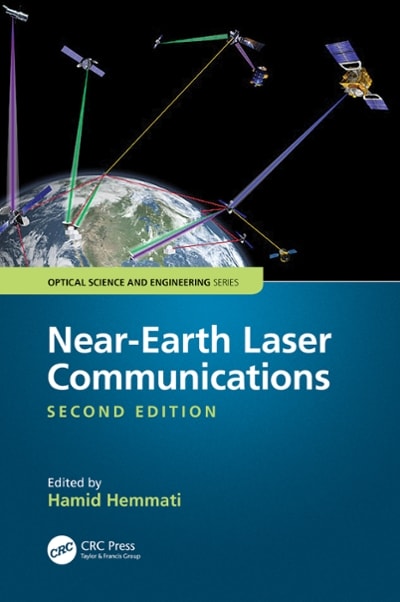Question
1. A pole-vaulter with a mass of 56.0 kg tries to convert the kinetic energy of her approach into height. i) What is the maximum
1. A pole-vaulter with a mass of 56.0 kg tries to convert the kinetic energy of her approach into height.
i) What is the maximum height she can expect to attain if her approach speed is 8.00 m/s? Assume that the centre of mass of the vaulter is initially 0.850 m above the ground. [4.11 m]
ii) Describe the energy changes that occur from the time the vaulter starts to run until she reaches the highest point of her jump.
2. A ball bearing of mass 50 g is sitting on a vertical spring whose force constant is 120 N/m. By how much must the spring be compressed so that, when released, the ball rises to a maximum height of 3.1 m above its release position? [0.16 m]
3. 2.0 kg mass is placed against a spring of force constant 800 N/m, which has been compressed 0.22 m, as illustrated. The spring is released, and the object moves along the horizontal frictionless surface and beyond. Calculate:
i) The maximum elastic potential energy of the spring. [19 J]
ii) The maximum velocity of the mass. [4.4 m/s]
4. A bullet's speed may be determined by firing it into a sandbag pendulum, and measuring the vertical height to which the pendulum rises. The bullet stays in the sandbag. A 20.0 g bullet strikes a 10.0 kg sandbag and causes it to rise vertically 0.040m.
i) What is the change in gravitational potential energy of the sandbag and bullet during the swing? [3.9 J]
ii) What is the velocity of the sandbag-bullet combination at the start of the swing? [0.89 m/s]
Step by Step Solution
There are 3 Steps involved in it
Step: 1

Get Instant Access to Expert-Tailored Solutions
See step-by-step solutions with expert insights and AI powered tools for academic success
Step: 2

Step: 3

Ace Your Homework with AI
Get the answers you need in no time with our AI-driven, step-by-step assistance
Get Started


